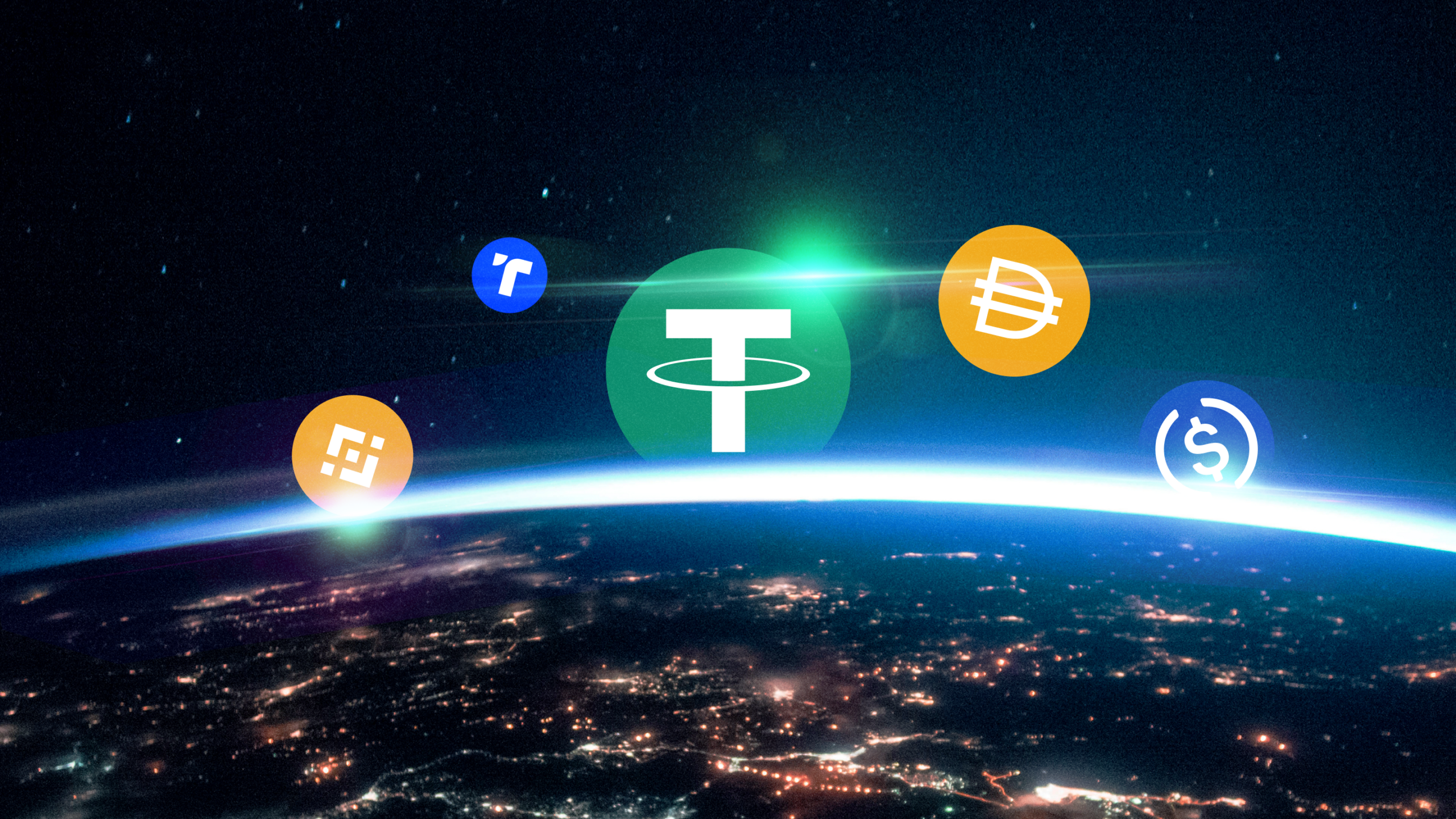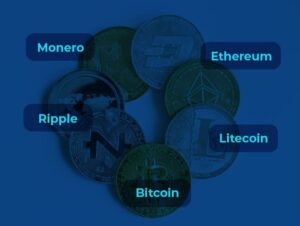Examples of Stablecoins: Diversity in the World of Cryptocurrencies

Table of Contents
ToggleIn the expansive universe of cryptocurrencies, stablecoins have carved a distinct niche. Merging digital currency innovation with the stability of traditional finance, they offer an attractive option for cryptocurrency beginners and experienced users alike. Let’s dive into the varied world of stablecoins, examining different examples and their significance within the larger cryptocurrency ecosystem.
Stablecoins: Combining Traditional Finance and Crypto Innovation
Stablecoins aim to provide stability in a market known for its volatility. They achieve this stability by being pegged to more stable assets like fiat currencies (USD, EUR) or commodities such as gold. This linkage maintains a consistent value, making stablecoins a practical choice for everyday transactions, a safeguard against market fluctuations, and a gateway for transitioning from traditional finance to the crypto realm.
Key examples of stablecoins include Tether (USDT) and TrueUSD (TUSD), both pegged to the US dollar. These fiat-collateralized stablecoins have become popular for blending the adaptability of cryptocurrencies with the dependability of traditional currencies.
The Spectrum of Stablecoins
The stablecoin category extends beyond those backed by fiat currency. Other types include:
- Crypto-Collateralized Stablecoins: Backed by other cryptocurrencies instead of fiat, these stablecoins, like Dai (DAI) which is supported by Ethereum and other cryptos, provide stability while embracing decentralization.
- Algorithmic Stablecoins: Utilizing algorithms and smart contracts to maintain their value, these stablecoins, such as Ampleforth (AMPL), adjust their supply based on demand. It’s crucial to note, however, that algorithmic stablecoins have largely been unsuccessful so far, struggling to maintain their pegs during market volatility.
- Commodity-Collateralized Stablecoins: Linked to physical assets like gold, these stablecoins, for example, Pax Gold (PAXG), offer a tangible connection to traditional assets, with each token representing a portion of a physical gold bar.
Understanding Stablecoins with Bitnovo
At Bitnovo, we are focused on simplifying the cryptocurrency experience, making it more accessible and straightforward, especially for newcomers in Europe. Our platform facilitates the buying, selling, and trading of a diverse range of cryptocurrencies, including various types of stablecoins.
Navigating through the cryptocurrency landscape, it’s essential to understand different elements like stablecoins. These digital assets not only offer stability in a volatile market but also pave the way for new financial transaction methods and innovations.
Stay informed with our blog for more beginner-friendly and informative posts on cryptocurrencies. From the specifics of stablecoins to the dynamics of Bitcoin and the latest crypto trends, Bitnovo is here to guide you through this exciting journey.







